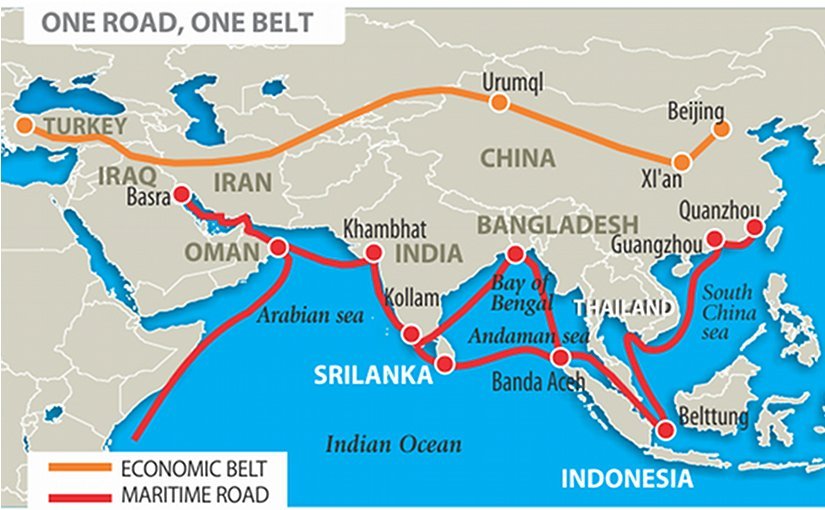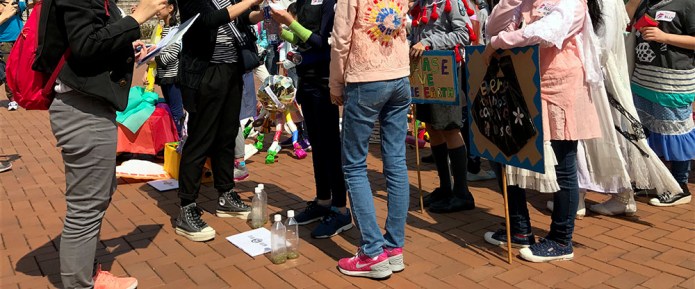“What’s up in Shenzhen?” You and other inquiring minds want to know.
Well, for starters, we have a new conspiracy theory about how Shenzhen’s successfully prevented a massive omicron outbreak on the scale of Hong Kong and/or Shanghai.
Your curiosity gets the best of you and you impishly ask, “What’s the tea?”
I lean forward and whisper, “Apparently, the city’s zero-Covid strategy has served to cover-up the fact that Shenzhen was caught unprepared, just like Hong Kong and Shanghai. At the beginning of the outbreak, the city didn’t have enough quarantine centers to house all the positives, symptomatic and not. So instead of treating patients, they sent everyone home to wait it out, without ever releasing true statistics. The basis of this conjecture is the unstated question: how could Hong Kong and Shanghai have so many positives and Shenzhen not?”
And my voice is rising along with my excitement, “I mean, you can hear the rhetorical force of the conspiracy theory, which pivots on what the numbers mean. And let’s be real. Statistical abnormalities should be ringing our bells because so much of who we think we are is tied up in hypotheses about populations, which are in fact statistically imagined entities. So, to my mind, which is a curious mind, the reasoning behind this theory of what is actually happening is mischievous satirical impeccable. Especially, if your point of epistemological departure is that omicron spreads+government can’t be trusted. Which, who doesn’t believe?
Anyway, the post (which counts as rumor mongering within official social media, but that’s another story for another day) reads:
I finally understand, and here’s the story:
Continue reading →









